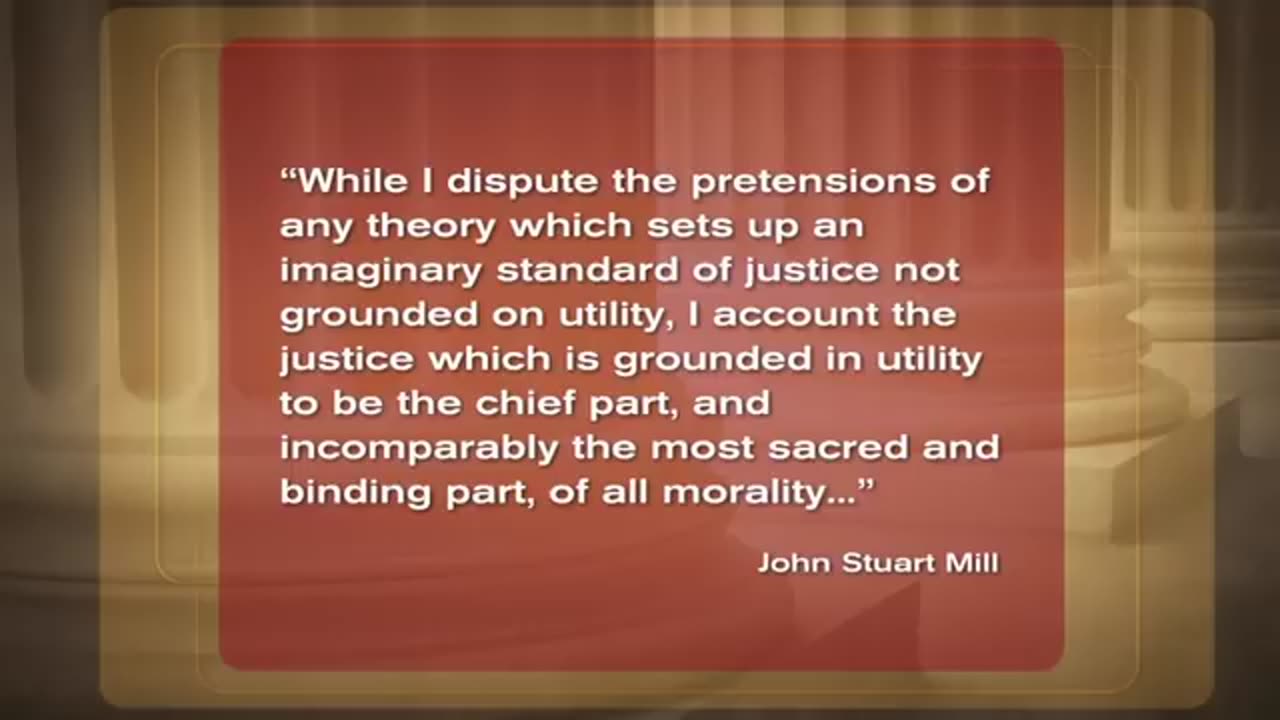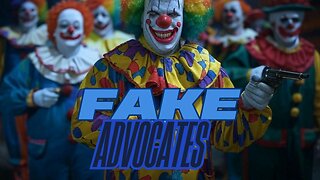Premium Only Content

Justice: What's The Right Thing To Do? Episode 02: "PUTTING A PRICE TAG ON LIFE"
PART ONE: PUTTING A PRICE TAG ON LIFE
Today, companies and governments often use Jeremy Benthams utilitarian logic under the name of cost-benefit analysis. Sandel presents some contemporary cases in which cost-benefit analysis was used to put a dollar value on human life. The cases give rise to several objections to the utilitarian logic of seeking the greatest good for the greatest number. Should we always give more weight to the happiness of a majority, even if the majority is cruel or ignoble? Is it possible to sum up and compare all values using a common measure like money?
PART TWO: HOW TO MEASURE PLEASURE
Sandel introduces J.S. Mill, a utilitarian philosopher who attempts to defend utilitarianism against the objections raised by critics of the doctrine. Mill argues that seeking the greatest good for the greatest number is compatible with protecting individual rights, and that utilitarianism can make room for a distinction between higher and lower pleasures. Mills idea is that the higher pleasure is always the pleasure preferred by a well-informed majority. Sandel tests this theory by playing video clips from three very different forms of entertainment: Shakespeares Hamlet, the reality show Fear Factor, and The Simpsons. Students debate which experience provides the higher pleasure, and whether Mills defense of utilitarianism is successful.
-
 44:57
44:57
Standpoint with Gabe Groisman
1 day agoWill Byron Donalds Run for Florida Governor? With Congressman Byron Donalds
25.6K6 -
 1:06:25
1:06:25
Savanah Hernandez
2 hours agoEXPOSED: FBI destroys evidence as NSA’s LGBTQ sex chats get leaked?!
42.1K10 -
 1:59:58
1:59:58
Revenge of the Cis
4 hours agoEpisode 1452: Hindsight
37.5K3 -
 1:20:35
1:20:35
Awaken With JP
6 hours agoCrenshaw Threatens to Kill Tucker and Other Wild Happenings - LIES Ep 80
92.4K62 -
 1:32:19
1:32:19
Russell Brand
5 hours agoBREAK BREAD EP. 15 - LECRAE
105K10 -
 1:37:26
1:37:26
The Officer Tatum
5 hours agoLIVE Rachel Maddow, Don Lemon MELTDOWN Over Joy Reid's FIRING! + More Ep 68
68K31 -
 1:11:24
1:11:24
The Gateway Pundit
4 hours agoEpstein & JFK Files BLOCKED: Luna’s SHOCKING Clash with Pam Bondi! | Elijah Schaffer & Jim Hoft
119K39 -
 1:12:42
1:12:42
John Crump Live
8 hours ago $0.45 earnedFake Gun Advocates.
9.06K1 -
![[Ep 616] Colony Ridge History & Raids | Guest: Elsa Kurt | Crenshaw Unhinged – Wants to Kill Tucker](https://1a-1791.com/video/fwe1/4d/s8/1/K/3/M/j/K3Mjy.0kob-small-Ep-616-Colony-Ridge-History.jpg) 2:00:45
2:00:45
The Nunn Report - w/ Dan Nunn
4 hours ago[Ep 616] Colony Ridge History & Raids | Guest: Elsa Kurt | Crenshaw Unhinged – Wants to Kill Tucker
24.2K10 -
 2:03:21
2:03:21
The Quartering
6 hours agoDan Crenshaw Hot Mic Threat, Jake Paul Endorses Vivek, and Kathleen Kennedy Leaves Lucasfilm
76.3K29